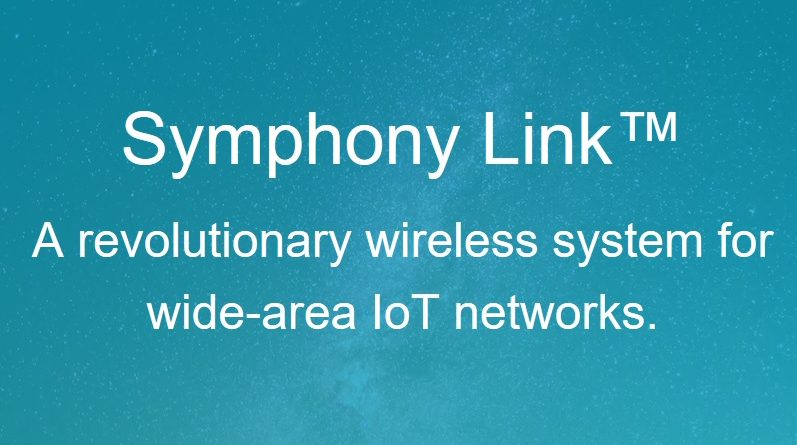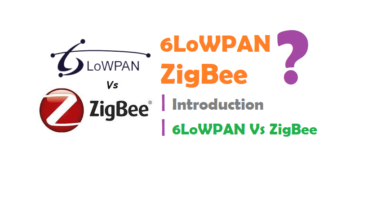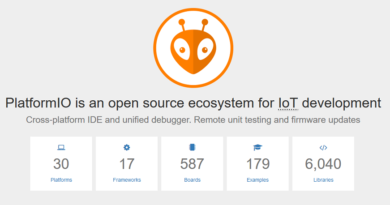Symphony Link LPWAN IoT Network
Symphony Link is a LPWAN IoT Network. LPWAN stands for Low-Power Wide-Area Network. LPWA is a IoT connectivity that works over wide areas and with longer battery life. Low-Power Wide-Area (LPWA) technology is enabling the next big jump towards a connected world and IoT. Low-Power Wide-Area (LPWA) technology is enabling the next big jump towards a connected world and IoT. LPWA networks are designed for IoT and machine-to-machine (M2M) applications that have low data rates, require long battery life and optimized cost, and operate in remote and hard to reach locations. They will be easy to implement and deploy, and serve a number of vertical markets such as manufacturing, wearable, utilities and transport.
What is
Symphony Link is also built on LoRa’s chirped spread spectrum physical layer technology; it is an alternative specification to LoRaWAN developed by Link Labs. Link Labs serves customers who are trying to sell third-party connected devices in an enterprise or industrial setting.





Pingback: Symphony Link LPWAN IoT Network — IoTbyHVM – Bits & Bytes of IoT – hashstacks
Symphony Link appears to have a lot of advantages.
How do you physically obtain it & is it possible to economically implement a small scale system using it?
Thanks,
Brian.
Yes, please visit https://www.link-labs.com/
Contact to Link Labs
For inquiry, please visit https://www.link-labs.com/contact
Pingback: LoRaWAN® distance world record broken, twice. 766 km (476 miles) using 25mW transmission power
1) What is the max data rate of Symphony Link?
2) Where can I get the White Paper for Symphony LInk as the one on their website is broken.